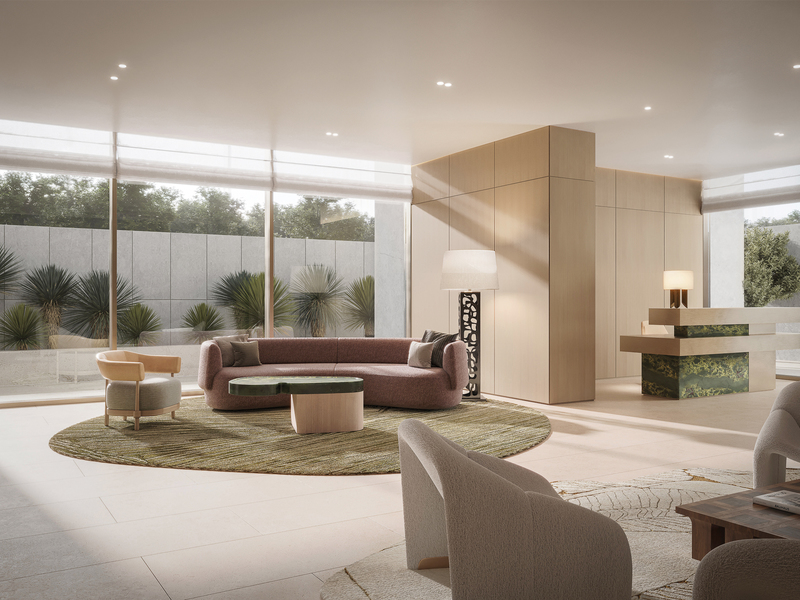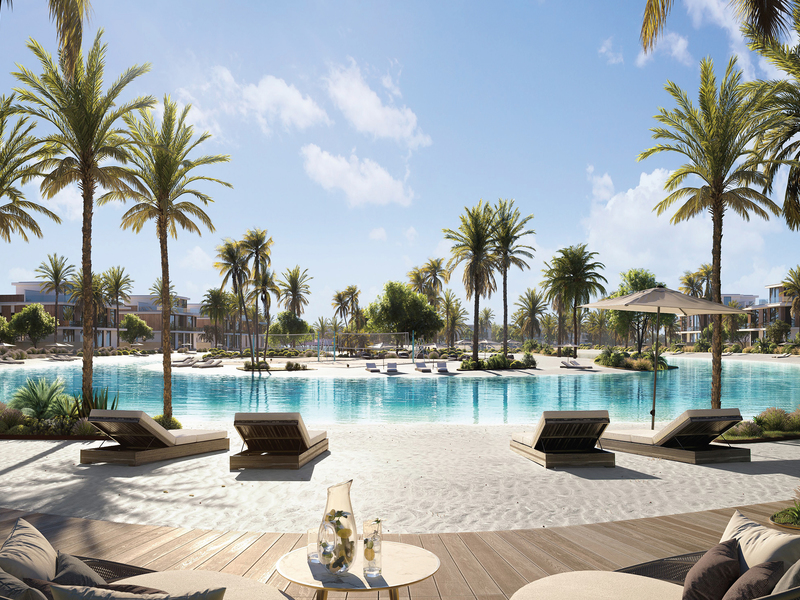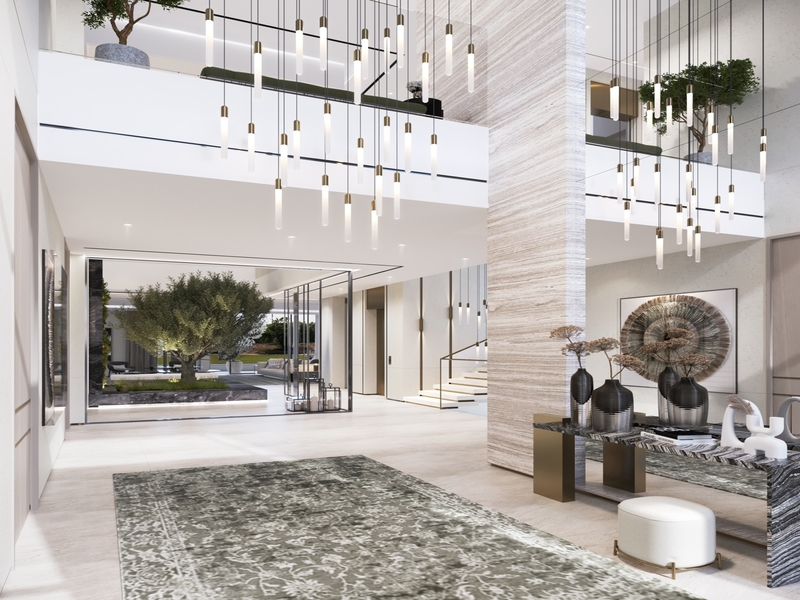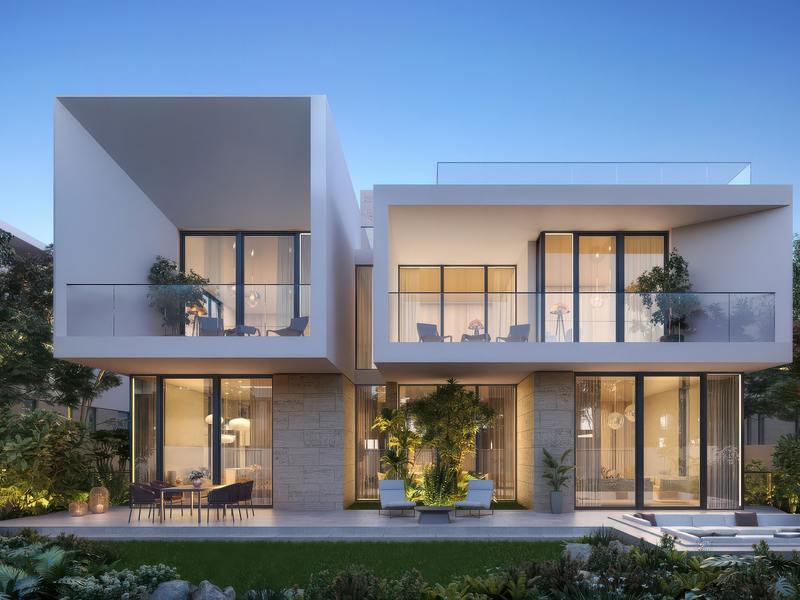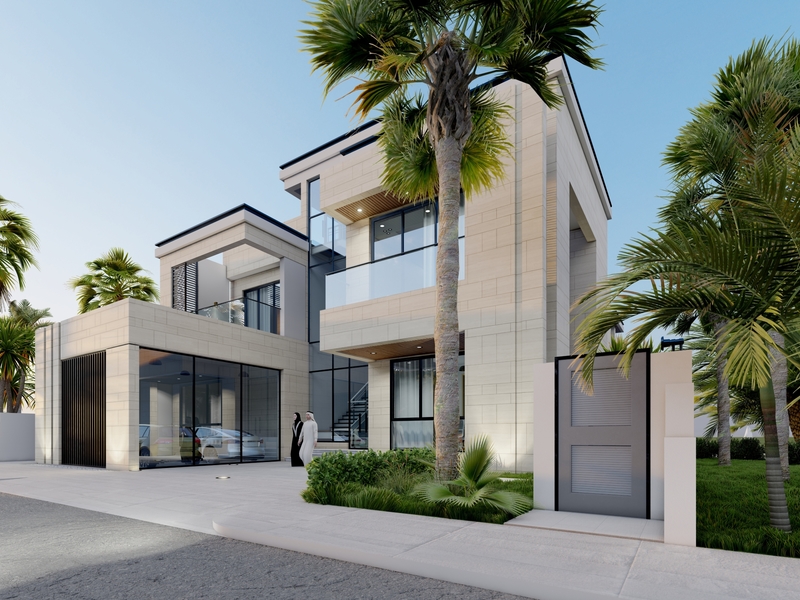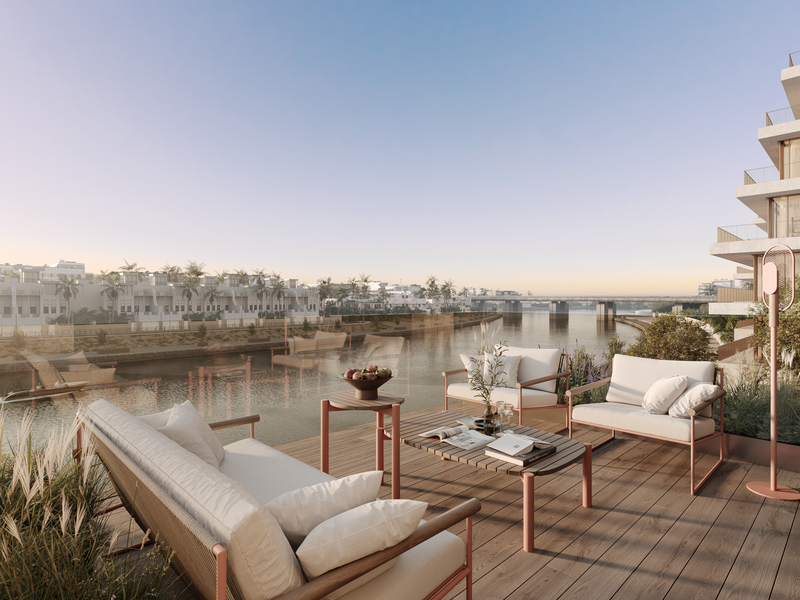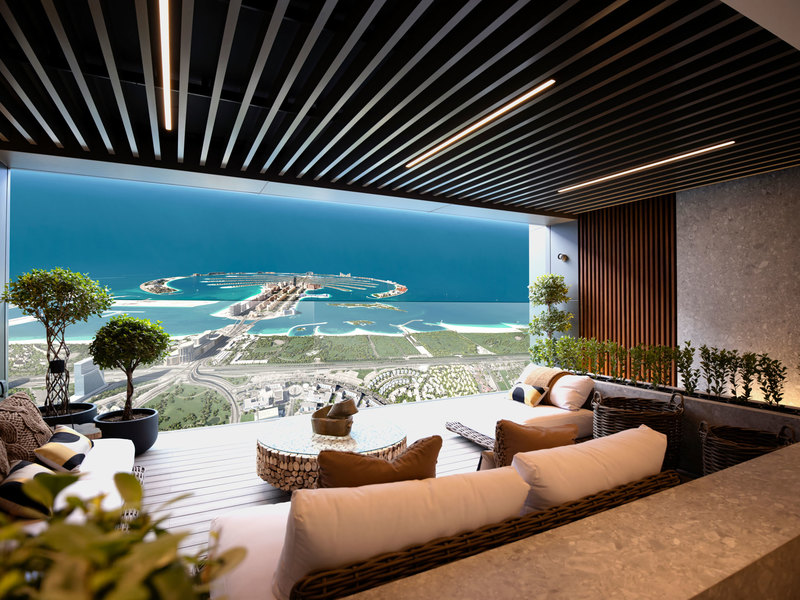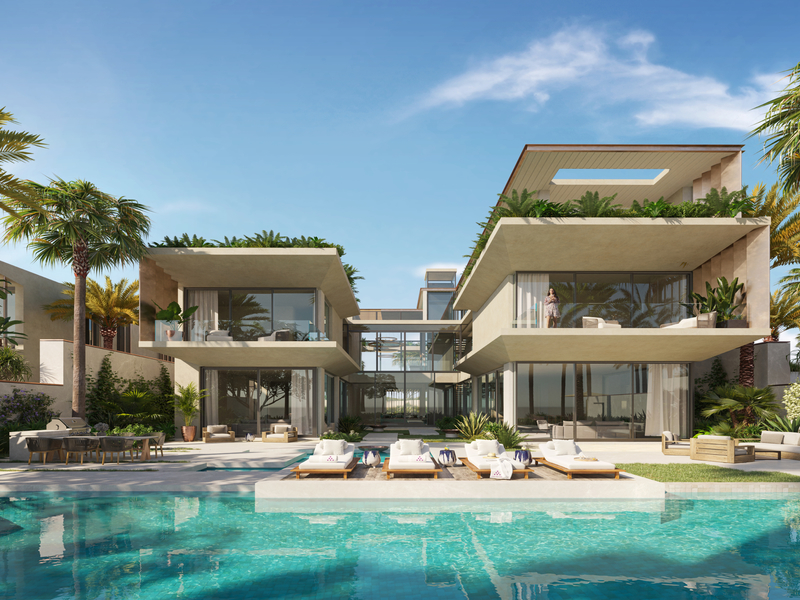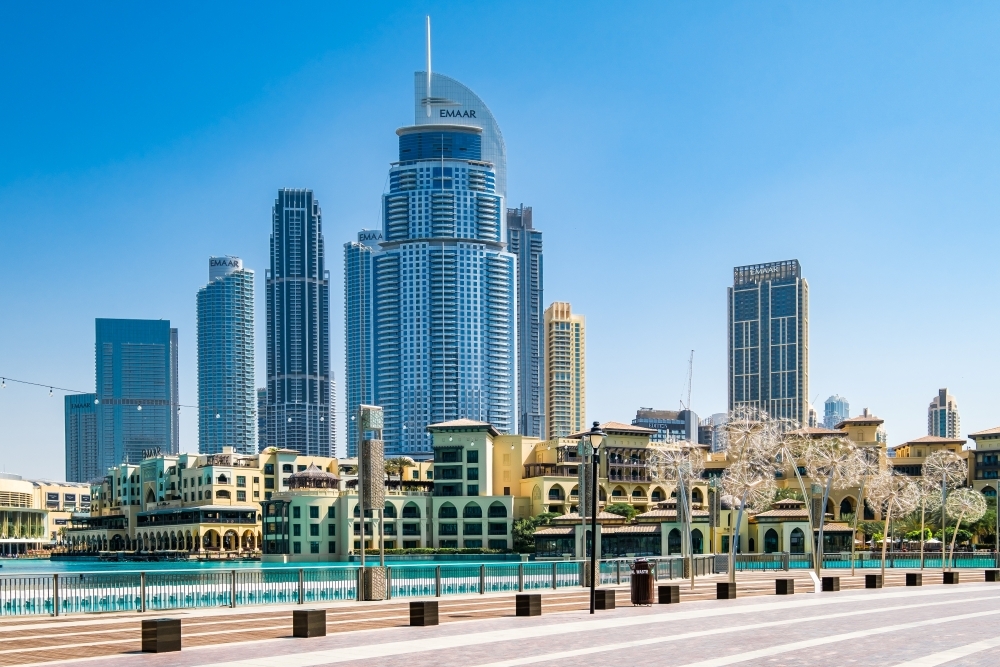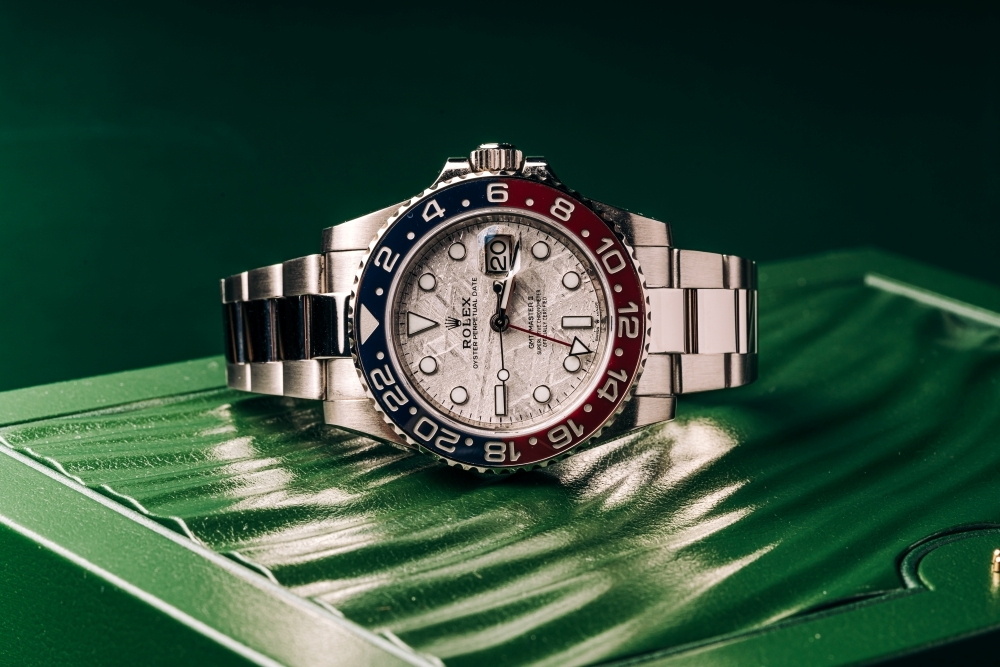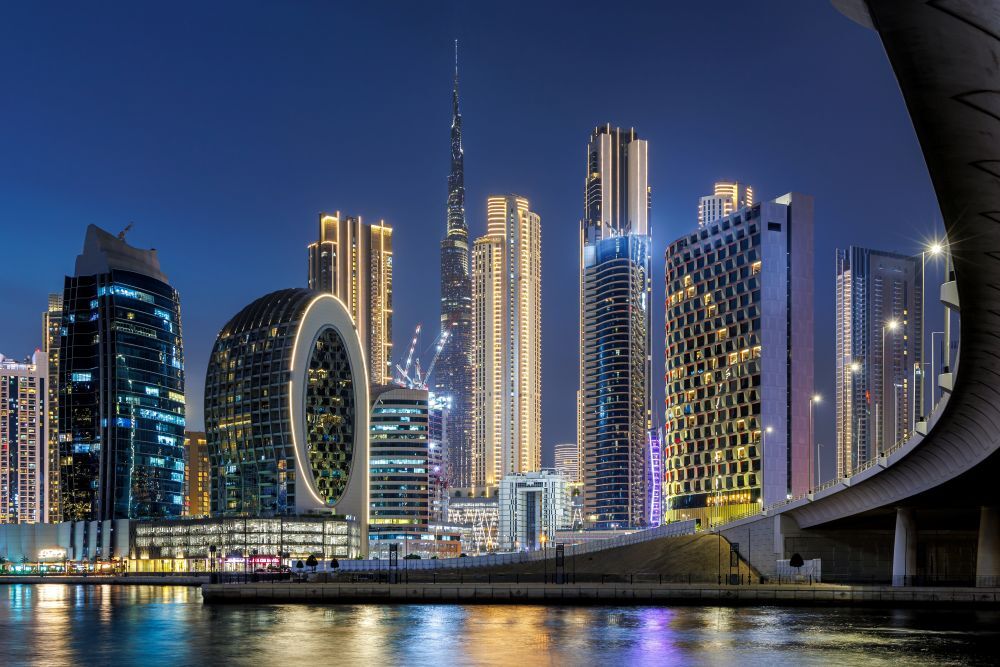Capital Appreciation in Dubai Real Estate
Dubai’s property market has long held a certain allure. But while headlines often focus on skyline-defining towers and record-breaking sales, the city’s real estate landscape is maturing, growing its appeal to investors. Beyond rental yields and lifestyle-led purchases, there’s a growing conversation around capital appreciation: where it’s happening, what’s driving it, and how today’s decisions might shape tomorrow’s returns.
If you’re buying to hold, to pass on, or to build wealth over time, understanding capital growth in Dubai is becoming as important as the property itself.

What Is Capital Appreciation?
At its simplest, capital appreciation is the increase in a property’s market value over time. Unlike rental yield, which reflects annual income from leasing, capital growth is about long-term gain — the difference between what you paid and what it’s now worth. In mature markets, it’s often slow and steady. In Dubai, it can be more complex — influenced by new infrastructure, zoning changes, visa regulations, and evolving demand.
It’s also becoming more strategic. A few years ago, appreciation was often tied to off-plan speculation or big-picture city announcements — things like the Expo 2020 site, new metro extensions, or the launch of Dubai Creek Harbour. Today, it’s being driven by buyer behaviour — where people actually want to live, not just invest.
Areas to Watch
Not all appreciation is created equal — and not all communities grow at the same pace. In Dubai, capital growth is strongest in areas where supply is limited, demand is high, and lifestyle appeal remains resilient.
Palm Jumeirah continues to outperform expectations. As beachfront land becomes increasingly scarce, villa values on the Palm have seen some of the sharpest price jumps in the past three years. Market reports recently indicated price increases of over 50% in select villa segments since 2020, driven by international end-users rather than short-term flippers. The Palm’s resale market remains active, and entry points into branded residences and newer developments still offer room for upside.
Jumeirah Bay Island, home to the Bulgari Resort and Residences, is another area where capital appreciation has outpaced much of the market. Land scarcity and architectural exclusivity have made it a want-to-be place for UHNW buyers, with some plots reselling at multiples of their original value. With little room for further development, prices here are shaped more by private sales and peer-to-peer interest than public launches.
Dubai Hills Estate, particularly its villa communities, has emerged as a middle-ground option for capital-conscious buyers. Its proximity to Downtown, growing community infrastructure, and golf-facing homes have made it popular with families and long-term residents — a demographic more likely to hold than flip. As the community grows, values are tracking upward with relatively low volatility.
In District One and Sobha Hartland, properties near the lagoon and park-facing plots are attracting steady interest, particularly as the area fills out and planned infrastructure materialises. Here, appreciation is closely tied to delivery timelines and how well developers meet (or exceed) expectations.
What’s Driving Capital Growth in Dubai
Several forces are contributing to Dubai’s capital appreciation story — and they’re less speculative than before.
First, there’s limited premium supply. While Dubai has no shortage of new developments, truly high-end, well-located properties with long-term end-user appeal remain relatively rare. As more global investors shift from trophy purchases to portfolio-grade assets, these kinds of properties are seeing stronger appreciation.
Residency reforms have also shifted the market. Golden Visas and longer-term investor options have encouraged buyers to plant deeper roots. For many, that means choosing homes not just for rental potential, but for personal use — often resulting in less turnover and more patient capital.
Dubai’s position as a global wealth magnet is another factor. According to Henley & Partners, the city attracted the highest net inflow of millionaires in 2023 — a trend continuing into 2025. These buyers typically bring longer investment horizons and are less price-sensitive, which can push prices steadily upward in areas with finite inventory.
Lastly, infrastructure and masterplanning are playing a role. Areas connected to upcoming metro expansions, community facilities, or new cultural districts often experience early waves of value growth — particularly in the off-plan segment.
The Investor Mindset
For some buyers, capital appreciation still means timing the market: buying off-plan, riding the wave, and exiting at handover. But increasingly, the conversation is shifting toward long-term capital preservation and value building. Properties are being chosen for their fundamentals — location, quality, community — rather than launch-day hype or payment plan incentives.
High-net-worth investors often adopt a “buy well, hold better” approach. They’re not chasing annual spikes, but looking at three-to-five-year gaps where appreciation aligns with macro trends and personal goals. In these cases, the return isn’t just financial — it complements stability, lifestyle, and the ability to pass on something worthy.
Even in off-plan, the strategy has evolved. Buyers are more selective, choosing developers with strong track records and projects with limited supply rather than mass-market towers. In turn, this kind of disciplined demand supports more consistent capital growth.
Final Note
Dubai real estate has always offered a compelling narrative — but capital appreciation is where the market’s maturity becomes visible. The real estate narrative for 2025 isn’t about quick wins or speculative flips. It is about value that builds over time and properties that hold their own even if the market shifts.
For investors, families, or future-focused buyers, the real question isn’t just “what can I earn?” but “what will this be worth — in every sense — five years from now?”
Discover: Luxury Real Estate in Dubai for Sale
Eden House The Canal, Jumeirah
- 3
- 2
- 1,775 SQ.FT.
Casa Serene, Mohammed Bin Rashid City
- 11
- 8
- 24,000 SQ.FT.
District One West Phase I, Mohammed Bin Rashid City
- 8
- 7
- 20,797 SQ.FT.
The Jasmine Collection, Jumeirah Golf Estates
- 9
- 5
- 4,972 SQ.FT.
Address Hillcrest, Dubai Hills Estate
- 6
- 5
- 7,106 SQ.FT.
Eden House The Canal, Jumeirah
- 2
- 1
- 962 SQ.FT.
Garden Homes Frond N, Palm Jumeirah
- 6
- 5
- 8,500 SQ.FT.
Eden House The Canal, Jumeirah
- 5
- 4
- 3,632 SQ.FT.
The S Tower, Dubai Internet City
- 5
- 4
- 5,062 SQ.FT.
Six Senses Residences, Palm Jumeirah
- 7
- 5
- 26,513 SQ.FT.
